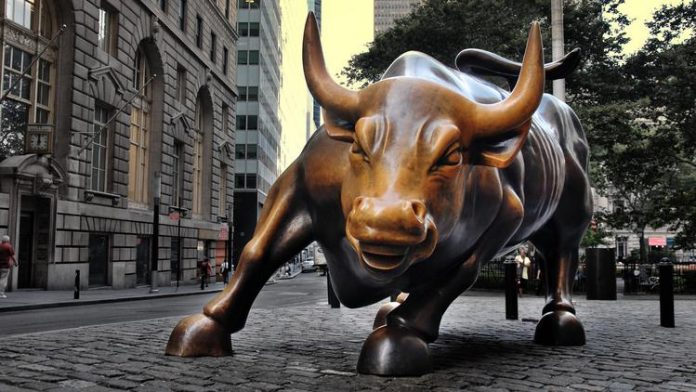To almost no one’s surprise, Fed Chairman Jerome Powell announced yesterday that the Fed will suspend rate hikes for the rest of the year – causing Treasury yields to drop along with share prices for major American banks.
What may have caught investors off guard, however, was the rest of the general market sinking too. Goldman Sachs led the Dow’s 141-point slip for the day, while the other major indexes had similar issues. The S&P 500 fell 0.3 percent by the end of the trading session, and the NASDAQ composite squeaked out a measly 0.1% gain.
The reason for the Fed’s continued rate hike pause, according to Powell, had to do with a reduced 2019 economic forecast that saw growth contracting further than initially expected. The tempered outlook for the rest of the year may have contributed to Wednesday’s afternoon market rout, in addition to the sagging bank stocks.
But what’s particularly intriguing about the market’s reaction is that these days, it’s rare to see an equity slump after the Fed decides it won’t raise rates – even if that means their economic outlook is somewhat on the pessimistic side. And though this may sound strange to younger investors (myself included), in the past, rate hikes typically didn’t coincide with a market dip.
Rather, bulls took it as a sign that the Fed thought the economy was strong. And a strong economy meant that businesses would continue to grow at a healthy clip – so why not buy some equity in those companies to go along for the ride?
For most of the stock market’s history, this was how it worked. But that all changed in 2008, sadly, in the wake of the financial crisis, when former Fed Chairman Ben Bernanke saved the banks with quantitative easing (QE), flooding the American economy with oodles of cash.
After nearly a decade of QE, the stock market grew fat on rock-bottom interest rates, and only a few years later that trend turned into an addiction. Equities became dependent on those low rates that investors were so used to, and any interest rate deviation from the norm had profound effects on the market.
In order to safeguard the American economy against financial ruin, the Fed needs to eventually unload assets from its balance sheet, so that if need be it can take emergency action once again.
But by reducing its balance sheet, the Fed will consequentially raise rates. When Powell announced his rate hike schedule back in October of 2018, the market plunged rapidly as a result.
So, even though it might not be the responsible thing to do, and equities ended up dropping slightly yesterday after the continued rate hike pause was announced, the fact is that bulls still rule the roost, as long as Powell keeps rates frozen.
And if he does, the “house of cards” market will continue to climb higher and higher, lifted to dizzying heights by an interest rate neutral environment. Even if it doesn’t make sense long-term, we might as well enjoy it while it lasts.
After all, according to Powell’s statement yesterday, interest rates won’t change until the year is up, so neither should the current bull market trajectory.
A reckoning will surely be coming down the road, but for the time being, let’s enjoy living (and investing) in the moment.







